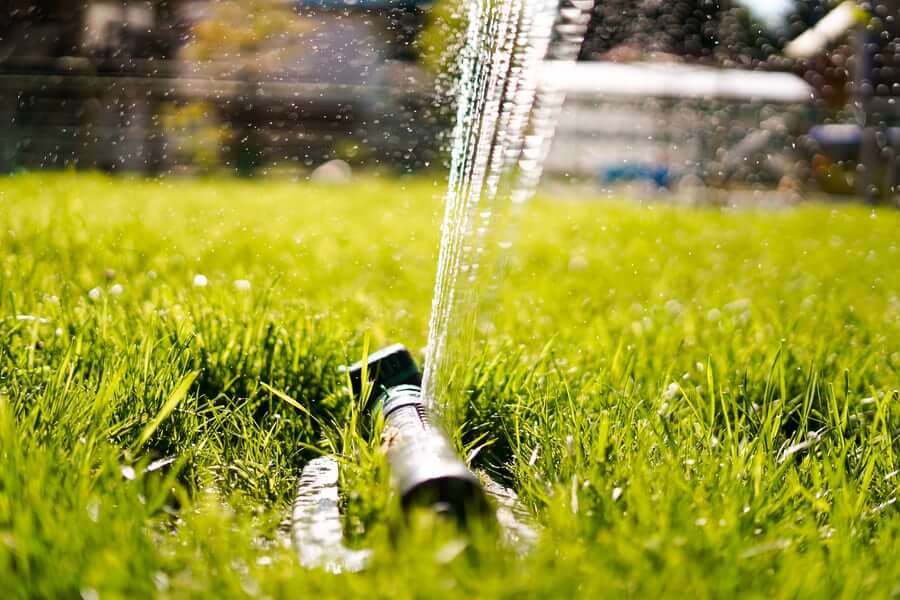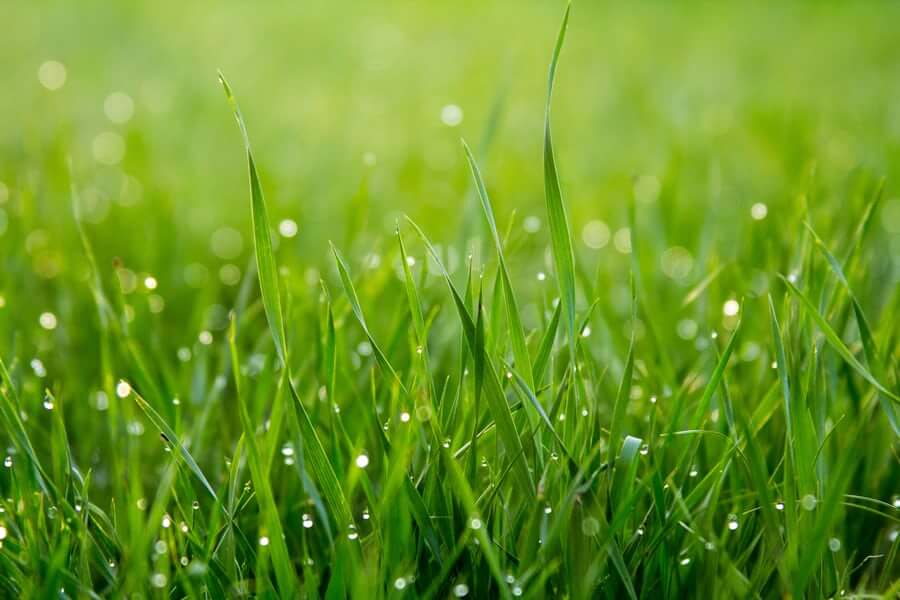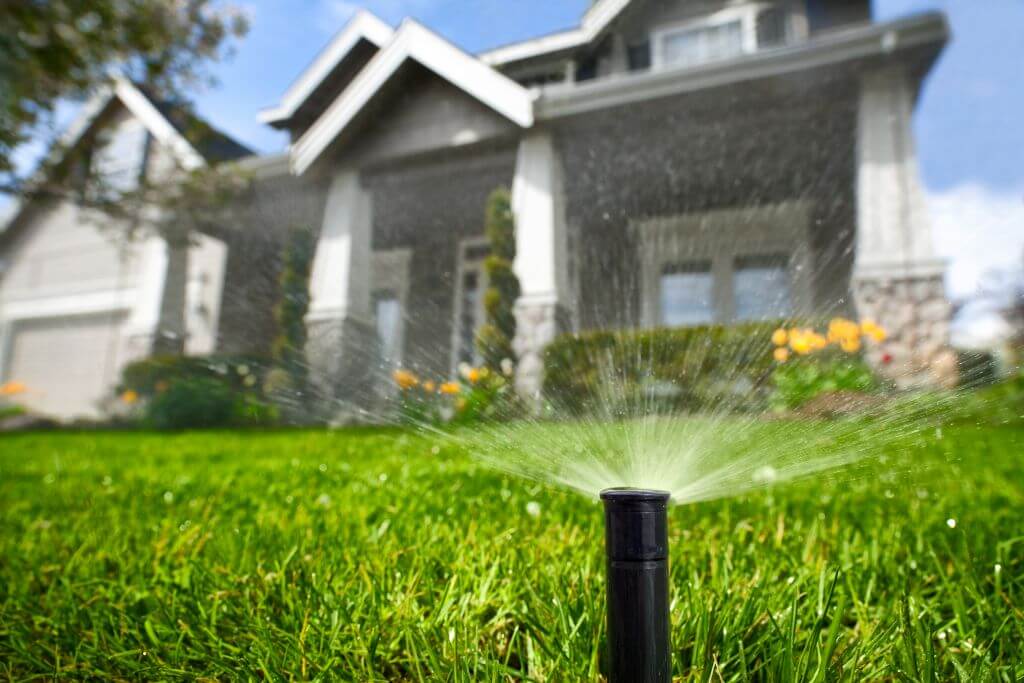Is Your Irrigation System Ready for Spring?
It can be a real challenge to ensure that your lawn gets just the right amount of moisture. You don’t need us to tell you that pools of standing water in your yard means your lawn is saturated. The cause might be rainfall, but it’s also possible that you’re overwatering, in which case you’ll see the difference in your spring and summer utility bills. More than likely, the explanation is a combination of both: It’s hard to know how much to cut back when rainfall varies from week to week, and most of us will conclude that too much is better than too little.
You might have considered an irrigation system to address this problem, and you might have hesitated, wondering whether it would be worth the cost. Here’s a list of questions that can help you decide.
Should You Monitor Rainfall in Your Area?
The answer is definitely yes. We’re all sensitive to the dangers of underwatering and are familiar with the changes in the appearance of grass blades and other plants when they’re drying out. It can be much more difficult to determine when we’re overwatering, and that’s just as potentially harmful to your lawn.
In addition to sufficient moisture, plants need to be able to access oxygen, vitamins and minerals through their roots. Too much water can reduce oxygen levels, wash away valuable nutrients, and even contribute to erosion. It’s hard to draw sustenance from soil that’s no longer there. Sustained overwatering can encourage the growth of destructive fungi and molds.
An advanced irrigation system can track rainfall for you and activate sprinklers only when more water is needed to reach the level of 1 to 1.5 inches per week that is generally best for lawns.
Are Portable Sprinklers a Better Fit for Your Lawn?
Many people deploy basic portable sprinklers hooked up to an ordinary water hose. These certainly cut back on physical effort but don’t address the water regulation problem at all. You still have to monitor the amount of water being delivered and risk distributing too little or too much. Depending on how many you buy, they may have to be moved around larger yards, which cancels out any labor savings.
If you have an in-ground irrigation system installed, sprinklers will be placed around your yard to guarantee that water is distributed evenly. The newest units feature digital controls that allow you to adjust the overall quantity of water based on changing conditions.
Is an Irrigation System a Smart Investment?
A healthy, beautiful lawn isn’t cheap. The average American household spends between $3,000 and $16,000 on landscaping design and installation, which definitely qualifies as an asset worth protecting. An irrigation system will do much of the work of meeting one of your lawn’s basic needs, saving you time and effort. If you’ve been inadvertently overwatering, you’re likely to see your monthly water bill drop – another justification for the purchase.
We at Southern Lawns don’t sell or install irrigation systems, but we can use our experience, and our detailed knowledge of our customers’ lawns in particular, to help you decide if an irrigation system is right for you. If you have questions about watering or any other aspect of lawn care including lawn care programs, call us at 334.759.3231 or e-mail sales@southernlawns.net.
photo credit: https://perficut.com/2019/12/installing-a-residential-irrigation-system-at-your-home/






